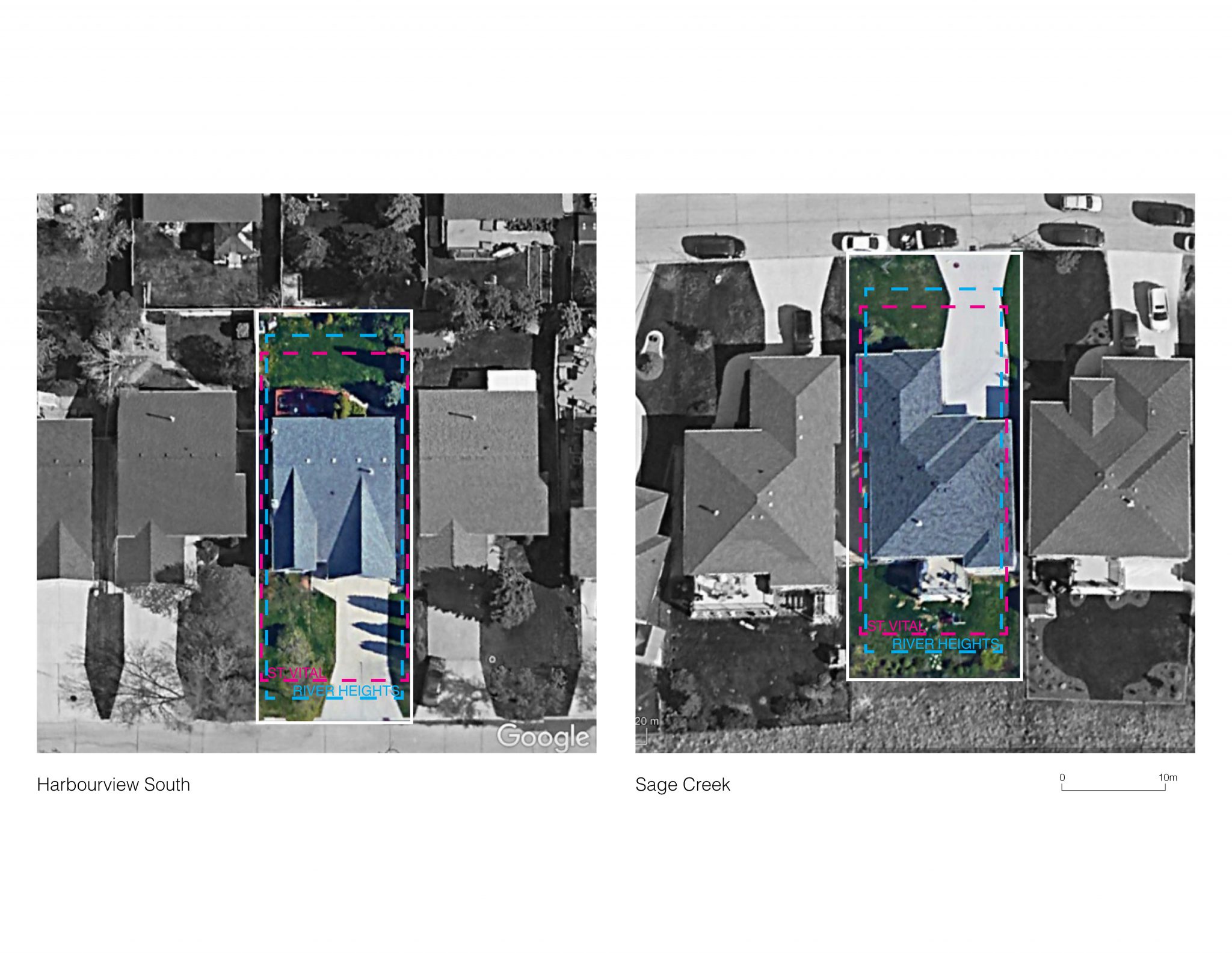Winnipeg is a city that is consistently growing, with a population growth expected to reach one million by 2025. So how is the city planning to cope with this growth without the continual horizontal spreading of the suburbs (a.k.a. urban sprawl)? Residential Infill Development is a key solution for the issue of continual urban sprawl in our city!
The City of Winnipeg has recently developed a Draft of Design Guidelines for Residential Small-Scale and Low-Rise Mature Communities. These guidelines aim to facilitate positive changes to our neighbourhoods for current and future residents. The end goal is using infill to complete communities and neighbourhoods, where residents of all ages have everything they need in close proximity to their homes, along with a stronger and more reliable interconnected city. There are many ways that infill development can provide opportunities that positively affect the city. For example, infill can help in working towards creating more vibrant, liveable, and sustainable communities and neighbourhoods, this in turn will affect the city as a whole.

Residential infill is happening in Winnipeg but there needs to be more to help in creating more complete communities. Photo: Google
The city is asking for your input on these design guidelines. The deadline for submitting your opinions is October 15, 2020. There is also the opportunity to participate in virtual public engagement events.
Winnipeg is one of the lowest density cities in Canada.
We need to increase density in order to strengthen our communities and help to make a positive impact on the environment. Infill development is one way to do this with minimal impact to the existing neighbourhood. Cities and communities are constantly changing, and this is true for mature established neighbourhoods as well. Development needs to focus on working with the existing context rather than constant expansion of new neighbourhood developments. This provides the opportunity for new residents to move-in and create more diverse communities. Furthermore, higher density neighbourhoods are less vehicle dependent which has a cascade of positive impacts. There is potential for safer, more abundant and efficient active and public transportation options. There are also more opportunities for diverse neighbourhoods, more housing options and types, and safer streets with more community activity.

Here are two lots from newly established neighbourhoods in Winnipeg. As you can see layered are the property lines from two mature neighbourhood lots. This shows just how much the lot sizes in Winnipeg have increased over the years, approximately an additional one – two meters per side! Even more for the length front to back. Now imagine that increase for every house in a neighbourhood… We need to reverse this trend and move towards higher density communities rather than continually expanding. Photos: Google
The ultimate goal of making design guidelines is to create more cohesive designs for new infill projects. The key is making a relationship between the old and the new, and making them work together. Increasing the density of existing neighbourhoods also provides the opportunity of merging with existing infrastructure and services so we don’t have to continually build new ways to support the physically expanding city; this is an opportunity to work with the old while bringing in new.
An important element to note in creating guidelines is to ensure cohesion while not being too restrictive. Most importantly, the guides need to be applicable and reasonable for city neighbourhoods as a whole. This is also why it is paramount to hear from residents from all over the city.
A major concern for residents might be – how will this work and look on my street? These guidelines are meant to help, they are meant to provide a framework for developers to design residential houses and units that fit and integrate well with the surrounding context. These guidelines detail architectural elements, set backs, rooflines, building heights and much more.

Multiple units on a single residential lot can work! Photo: Google
Please take a moment to review the Draft Proposal and submit your thoughts on Residential Small-Scale and Low-Rise Infill Development in Mature Communities.
If you are interested in reading a couple more perspectives on the Guidelines here are some other blog posts we found interesting.
Dear Winnipeg: A Neighbourhood Full of Illegals
YIMBY Winnipeg: New Guidelines Block Infill Homes
Take this opportunity to voice your thoughts in helping to shape our city! Share your feedback here!



Recent Comments